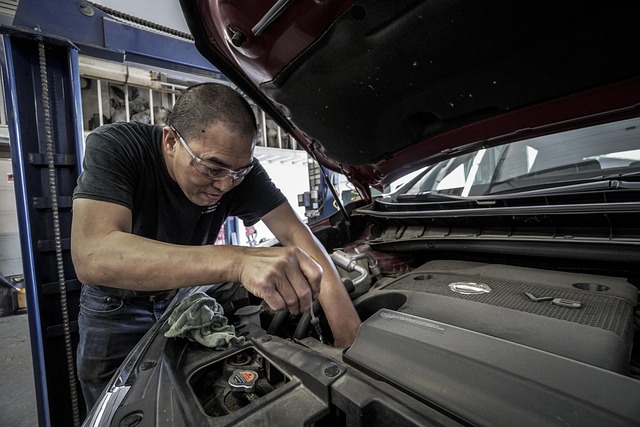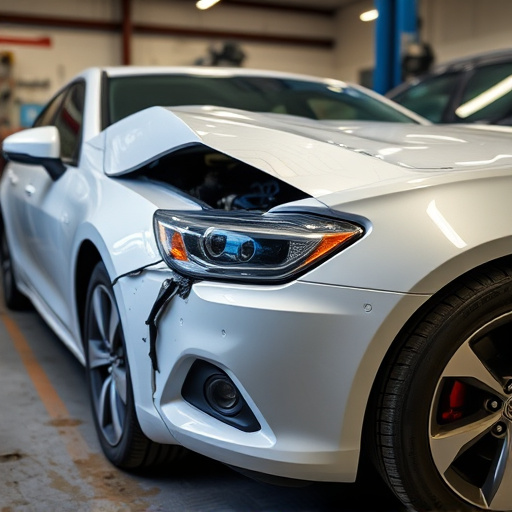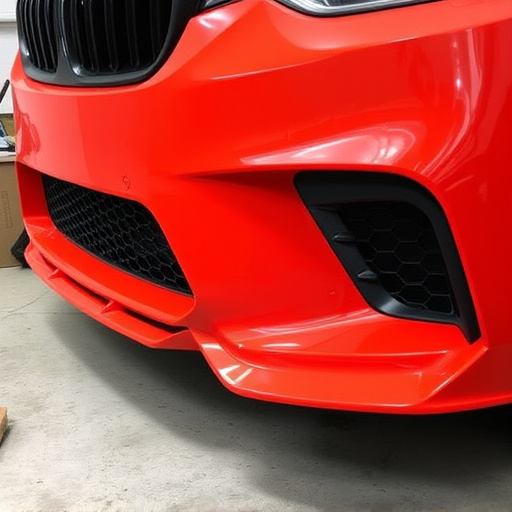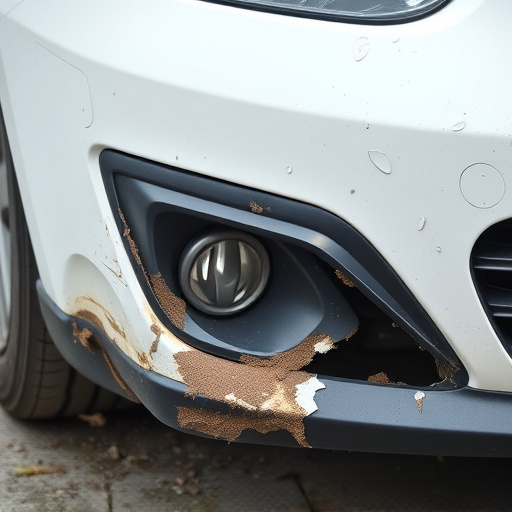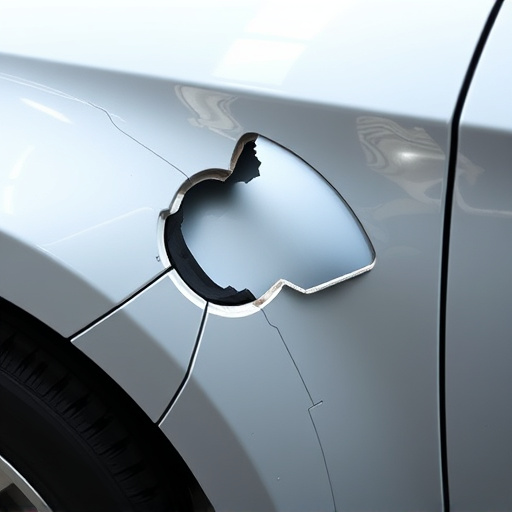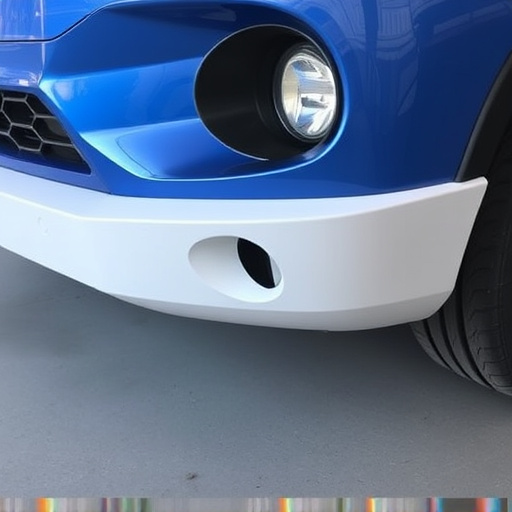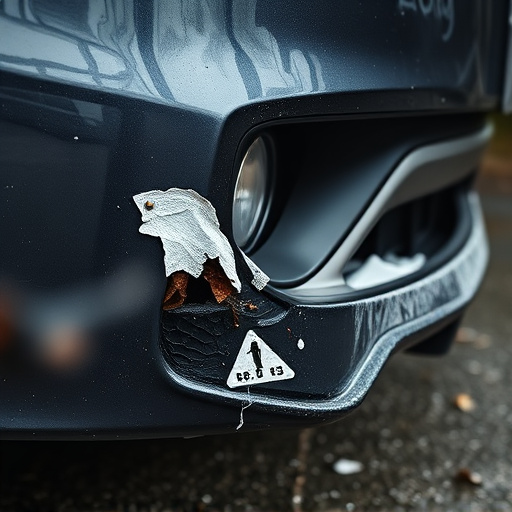“Unveiling the mysteries behind collision repair estimates is a crucial step in ensuring fair and transparent auto restoration. This comprehensive guide aims to empower car owners by decoding the language of these specialists. We’ll explore the key terms, differentiate between preliminary and detailed estimates, and uncover the factors driving collision repair costs.
Furthermore, we’ll equip readers with essential questions to ask before approving repairs, emphasizing the importance of transparency in the process. By understanding these aspects, you can make informed decisions and work effectively with collision repair specialists.”
- Decoding the Language of Collision Repair Estimates
- – Understanding key terms and jargon used by specialists
- – Differentiating between types of estimates: detailed vs. preliminary
Decoding the Language of Collision Repair Estimates

– Understanding key terms and jargon used by specialists
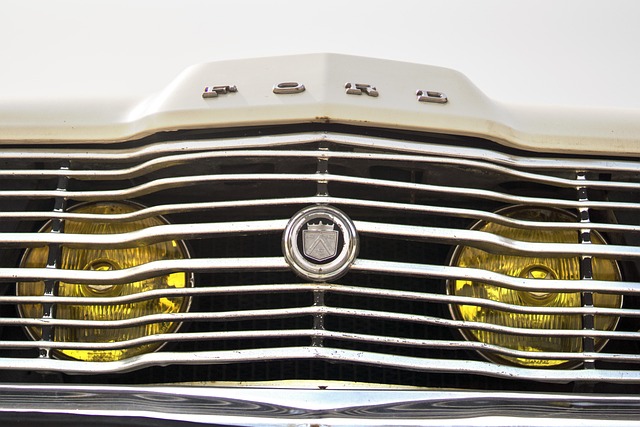
When communicating with collision repair specialists, it’s essential to demystify the technical language they use. Terms like “body panel replacement,” “frame straightening,” and “paintless dent repair” are common in their vocabulary. These phrases refer to specific procedures used in auto body work, including vehicle dent repair and more complex structural repairs. Understanding these terms empowers car owners to make informed decisions during the repair process.
The specialists often discuss estimates for various services, such as auto body repair and collision damage restoration. They might mention “labor rates” and “material costs,” which are critical components of any estimate. Knowing what each term entails helps clients compare quotes and choose the best collision repair team for their needs, ensuring transparency throughout the entire process.
– Differentiating between types of estimates: detailed vs. preliminary

Collision repair specialists often provide two primary types of estimates when it comes to fixing damaged vehicles: detailed and preliminary. Understanding this distinction is essential for car owners seeking auto repair services. A detailed estimate offers a comprehensive breakdown of all the necessary repairs, including labor and parts costs, along with an in-depth explanation of each charge. This type of estimate provides transparency and allows customers to make informed decisions about their vehicle’s restoration. It includes specific details such as dent removal, tire services, and any structural repairs needed.
In contrast, a preliminary estimate is a rough calculation based on initial assessments and may not capture all potential issues. Given that some damages might be harder to detect without a thorough inspection, preliminary estimates are often more general in nature. Collision repair specialists may use these to give customers a quick idea of the expected costs before conducting a detailed examination. This approach ensures clients have an initial understanding of potential expenses while leaving room for adjustments once all repairs are identified.
When dealing with collision repair specialists, understanding their estimates is key to ensuring a fair and accurate repair process. By decoding the language and differentiating between detailed and preliminary estimates, car owners can make informed decisions. This knowledge empowers folks to navigate the complex landscape of auto repairs with confidence, fostering trust in the professionals they choose to work with.


